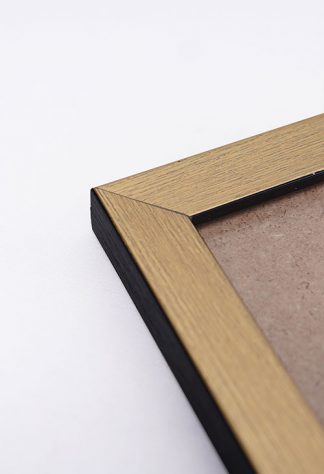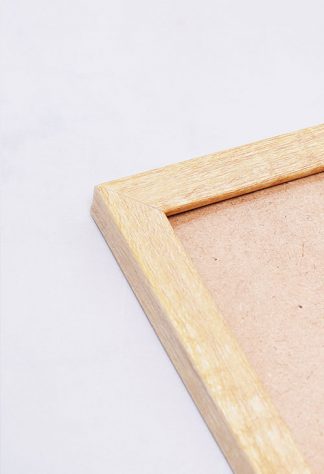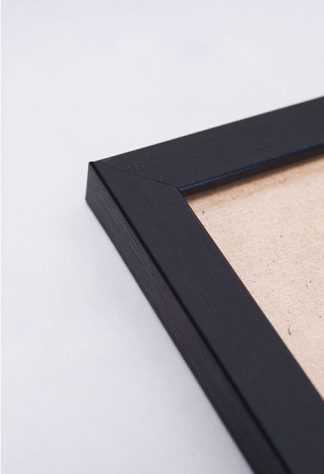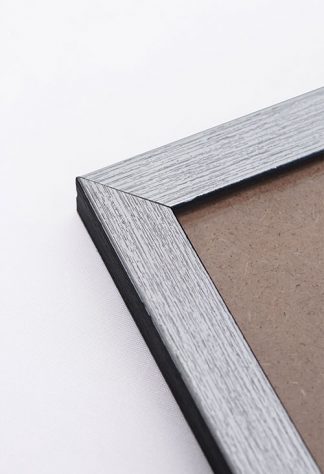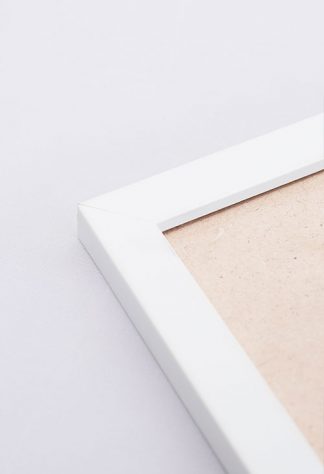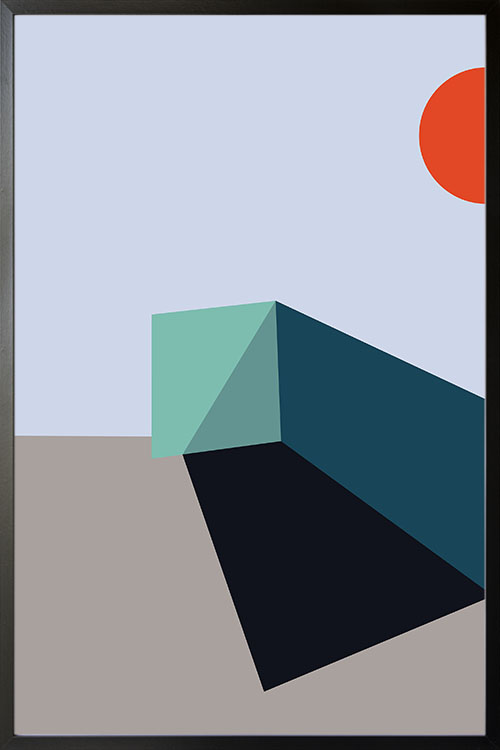
Shapes in abstract form. Create a lovely room with a poster print of different shapes in abstract form. The image is created with cool colors and white background that will blend well to any interior design style of your room. Collect similar prints and get the chance to make a wall gallery for a unique and interesting room interior.
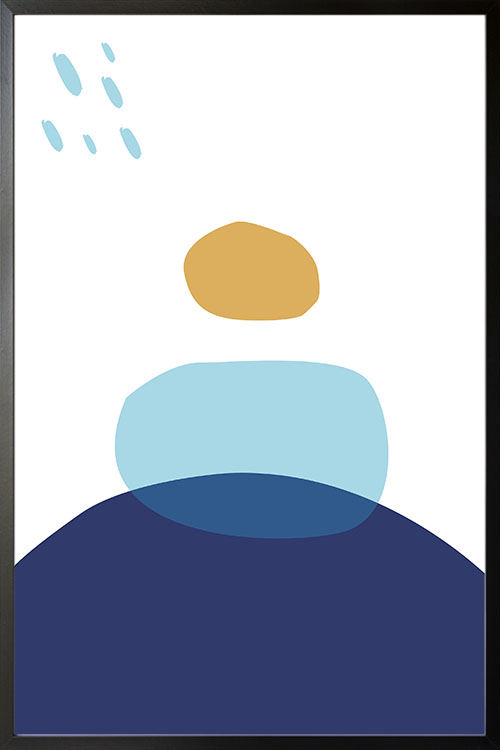
Shapes in abstract form. Create a lovely room with a poster print of different shapes in abstract form. The image is created with cool colors and white background that will blend well to any interior design style of your room. Collect similar prints and get the chance to make a wall gallery for a unique and interesting room interior.
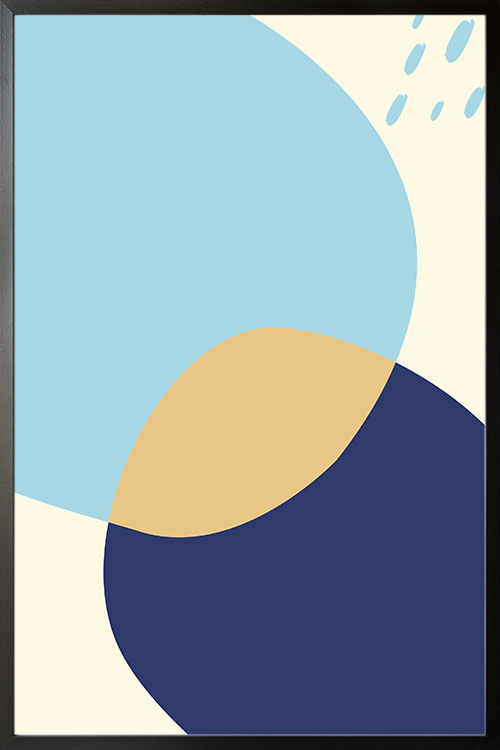
Shapes in abstract form. Create a lovely room with a poster print of different shapes in abstract form. The image is created with cool colors and white background that will blend well to any interior design style of your room. Collect similar prints and get the chance to make a wall gallery for a unique and interesting room interior.
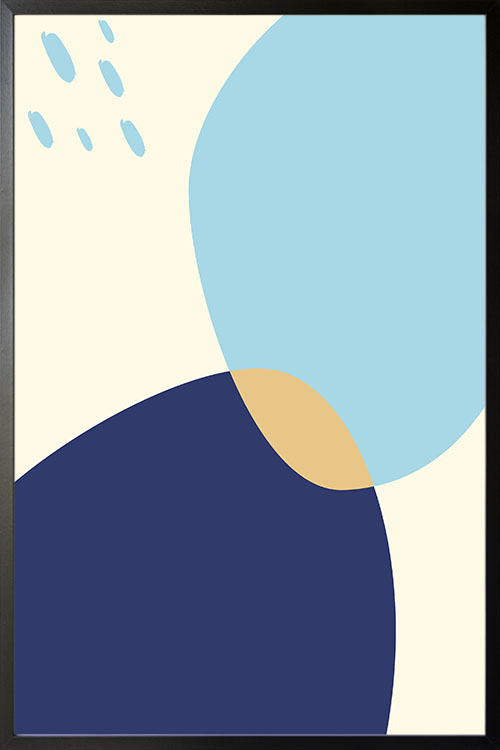
Shapes in abstract form. Create a lovely room with a poster print of different shapes in abstract form. The image is created with cool colors and white background that will blend well to any interior design style of your room. Collect similar prints and get the chance to make a wall gallery for a unique and interesting room interior.
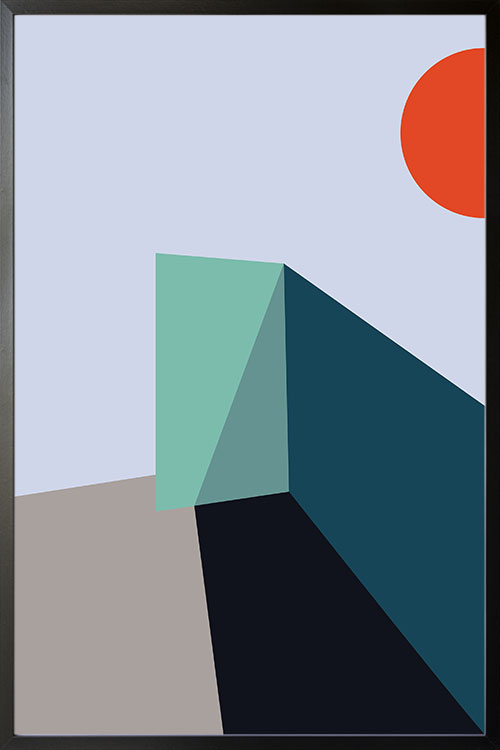
Shapes in abstract form. Create a lovely room with a poster print of different shapes in abstract form. The image is created with cool colors and white background that will blend well to any interior design style of your room. Collect similar prints and get the chance to make a wall gallery for a unique and interesting room interior.
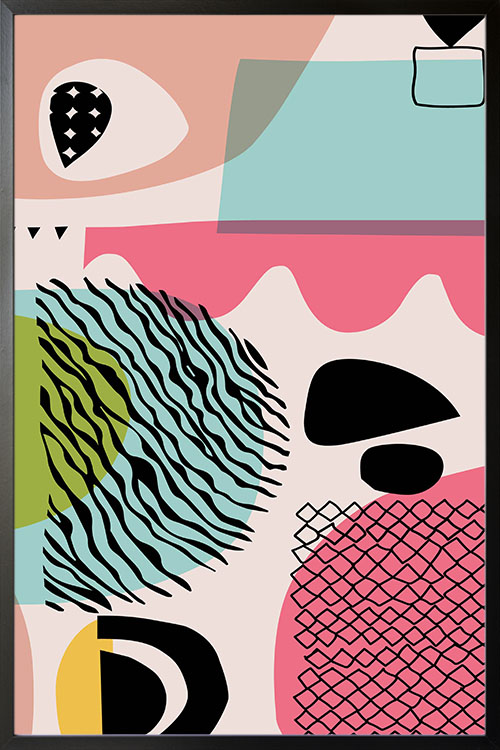
Abstract art in different colors. A poster art that features different and shapes illustrated in freehand. Created in different vibrant colors that will add life to your interior. This is a wonderful poster art that will create a happy and lively ambience to your home. Display the art in the office, living room, or even in the kitchen to make a lovely and fun filled room.
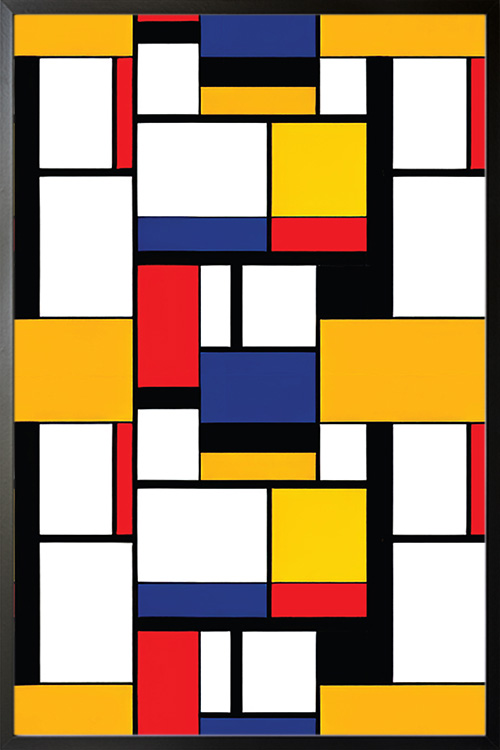
This fun and playful design features a variety of rectangle shapes in different colors stacked together, creating a modern and eye-catching display for any room in your home. Whether you’re a fan of classic video games or simply love bold and bright aesthetics, this poster will make a statement. Color Tetris poster design is perfect for injecting fun and personality into your decor.
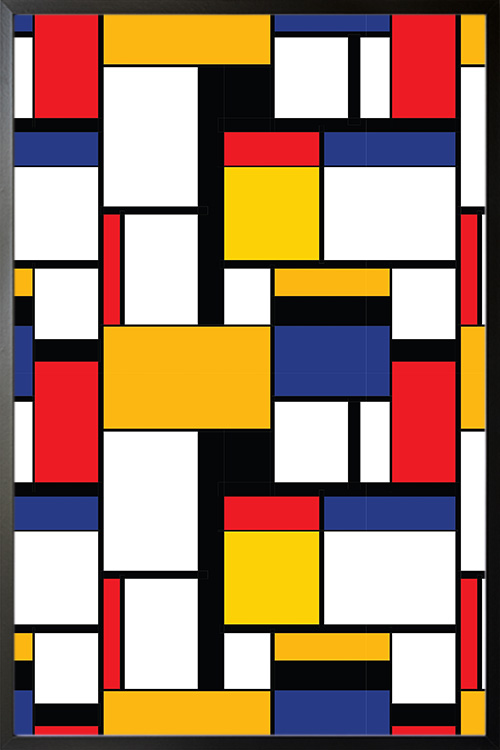
Looking to add a pop of color and a touch of nostalgia to your space? Look no further than our Color Tetris poster print! This eye-catching design features a medley of rectangle shapes in various vibrant hues stacked together to create a playful and dynamic visual. Perfect for those who appreciate a retro vibe with a modern twist, this poster will liven up any room with its fun and bold aesthetic.
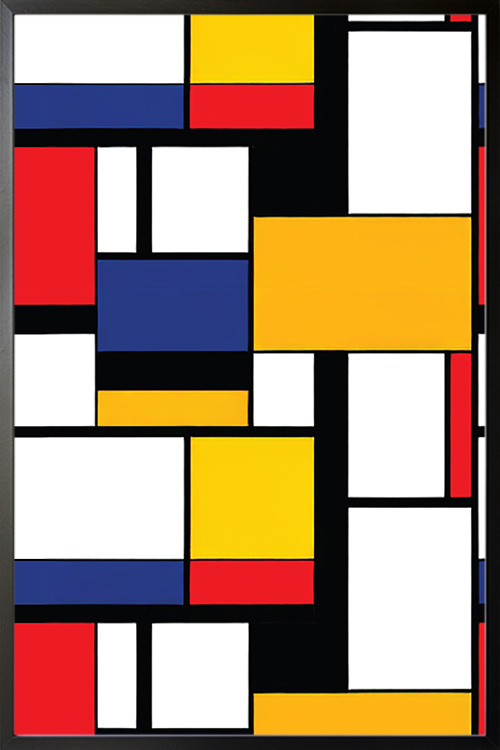
This quirky design features a stack of rectangle shapes in various eye-catching colors reminiscent of the classic video game we all know and love. Whether you’re a fan of puzzles or just looking to inject a pop of fun into your decor, this poster will surely be a conversation starter. Get ready to level up your wall art game with this unique and colorful print!
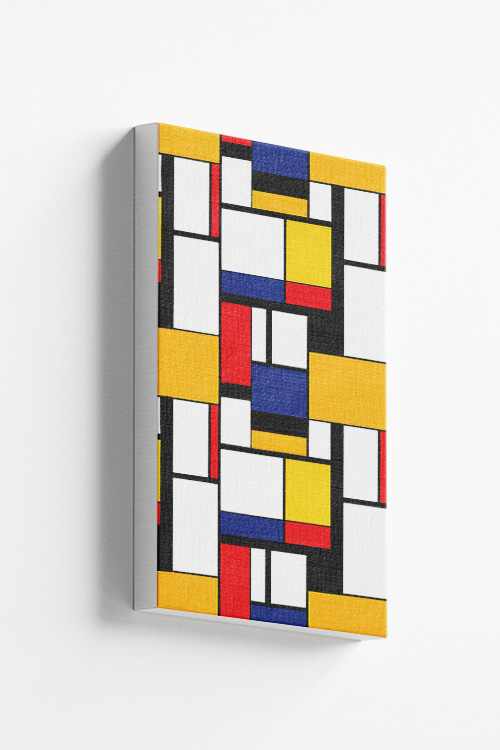
This fun and playful design features a variety of rectangle shapes in different colors stacked together, creating a modern and eye-catching display for any room in your home. Whether you’re a fan of classic video games or simply love bold and bright aesthetics, this poster will make a statement. Color Tetris canvas print is perfect for injecting fun and personality into your decor.










